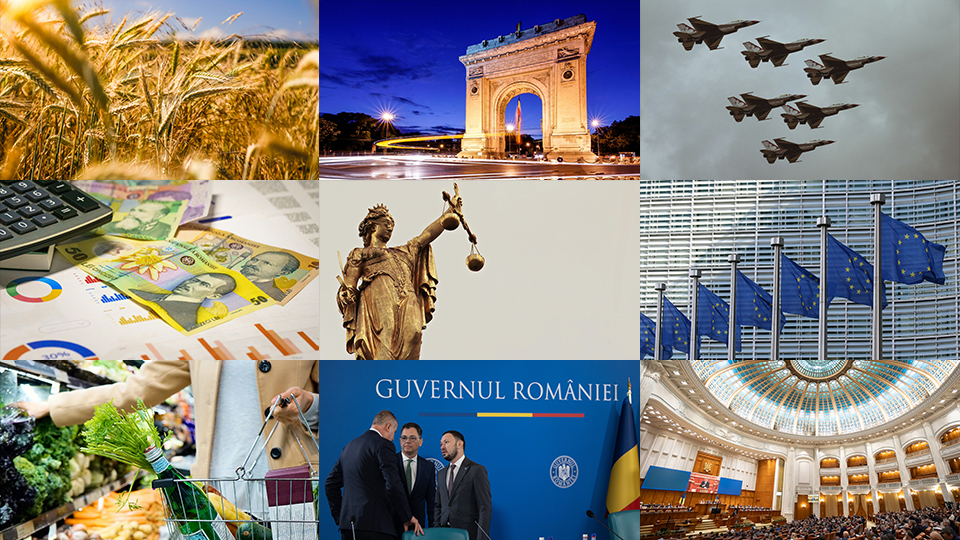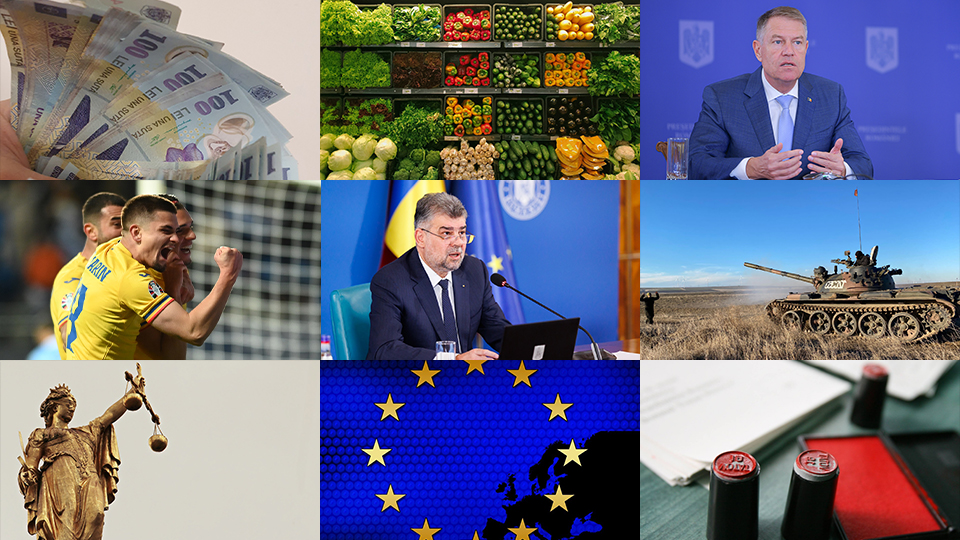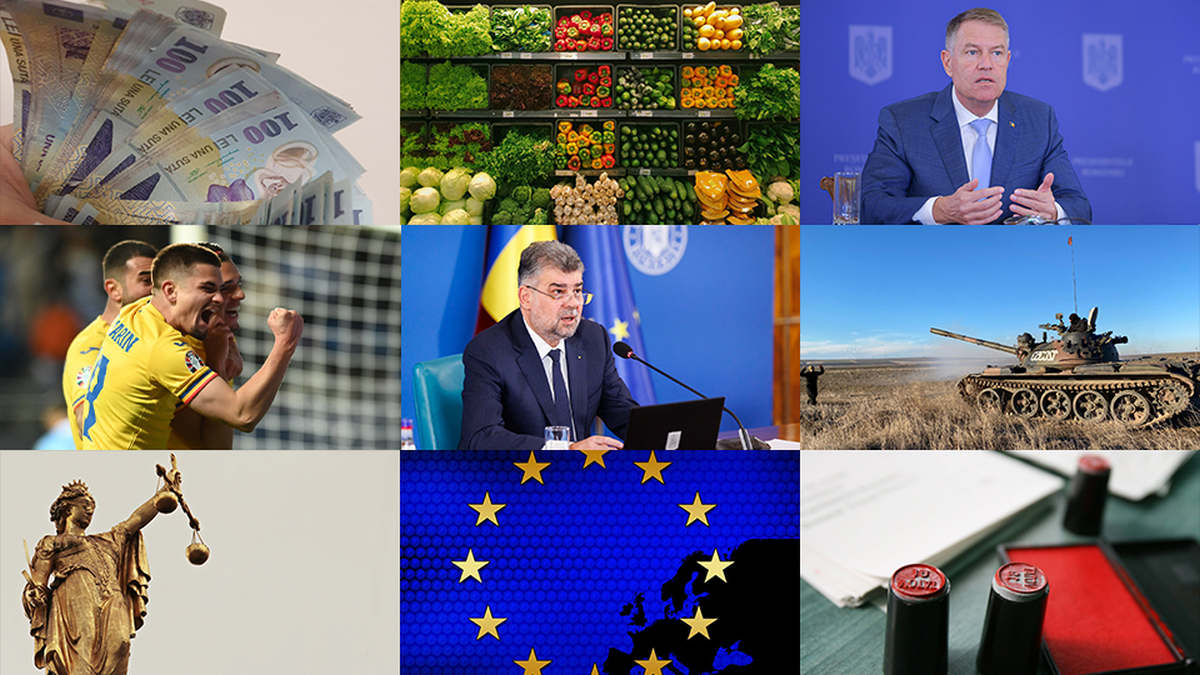The Week in Review, 13-19 April
A roundup of the week's main stories

România Internațional, 18.04.2015, 13:53
The International Monetary Fund has revised upwards its initial predictions about Romania’s economic growth rate
The Romanian economy will grow at a faster pace this year than initially predicted, says the International Monetary Fund in its latest report. The Fund has revised its forecast about Romania’s GDP in 2015 up by 0.3%, to 2.7%. In 2016, the IMF now expects a 2.9% growth rate, compared with its previous 2.5% put forward in October last year. The main factor underlying this growth is the consolidation of private consumption amid a strong increase in real wages, low oil prices and record-low interest rates. Standard & Poor’s rating agency estimates that Romania’s economy will grow by 3% on average every year between 2015 and 2018. The agency affirmed its long and short term local and hard currency BBB-/A-3 ratings for Romania with a stable outlook.
The European Parliament held a hearing on the Cooperation and Verification Mechanism with regard to Romania and Bulgaria
The European Parliament’s Committee on Budgets on Tuesday heard a series of Romanian and Bulgarian officials on the Cooperation and Verification Mechanism applied to the two states when they joined the European Union in 2007. The hearing was held at the request of Romania, who believes its success in combating corruption should be acknowledged and a clear timetable should be set for entering the passport-free Schengen area. The chief prosecutor of the National Anticorruption Directorate Laura Codruta Kovesi said the monitoring mechanism played an essential role in the reform of the judiciary and the fight against corruption in Romania. She reiterated that the latter should not be subject to political interference and said the state should ensure the necessary instruments to combat corruption. “The fight against high-level corruption in Romania is impressive”, said the Secretary General of the European Commission, Catherine Day during the European Parliament hearing. She said Romania must continue to consolidate the results obtained, especially in fighting corruption at lower levels. In another development, the Clean Romania Coalition and the Academic Society in Romania have published a Map of Local Corruption in Romania indicating the country’s most corrupt regions. Bucharest is the most corrupt area in Romania, followed by the counties of Maramures, in the north-west and Bacau, in the east, while the least corrupt counties are Salaj, in the north-west, Mehedinti and Teleorman, both in the south, and Botosani, in the north-east. The map is based on the figures released by the National Anticorruption Directorate in the last five years. The survey also shows that mayors are the public officials most vulnerable to corruption.
The state of infrastructure in Romania
EU Commissioner for Regional Policy Corina Cretu visited Romania, where together with Transport Minister Ioan Rus she visited a segment of the Sebes-Turda motorway, a priority project for the European Commission. The project is part of the Trans-European Transport Network TEN-T which the Commission finances. The motorway is to be completed by mid-2016 and will connect the Transylvania motorway, in the centre, to the European Corridor IV that runs all the way to the Black Sea. Additionally, the Pitesti-Sibiu motorway segment has become a top priority of Romania’s transport strategy, the European Commission notes. The employees of the Dacia Renault car plant in Mioveni, southern Romania, have this week protested against the Government’s delay in building the motorway, which they see as potentially having negative consequences on their jobs.
Verbal hostilities continue between Russia, NATO and Romania
In the last few months, Moscow’s threats on European member states hosting elements of the NATO anti-ballistic shield have doubled. The latest episode in the series of harsh exchanges between Bucharest and Moscow authorities came on Thursday, when the Chief of General Staff of the Armed Forces of Russia General Valery Gerasimov warned that any state hosting elements of the shield, such as Romania and Poland, would become priority targets for Moscow. Bucharest and NATO officials were quick to respond. In a message posted on a social networking site, Prime Minister Victor Ponta dismissed the threats and criticism voiced by various officials of the Russian Federation, arguing that they do not intimidate Romanian authorities and cannot produce a change in Romania’s strategy. NATO spokesperson Oana Lungescu gave assurances that the Alliance’s anti-missile shield does not target Russia.
NATO military drills in Romania
In the current regional security context, Romania is hosting two important multi-national military drills conducted by NATO. In the southeast, over 2,200 military and equipment from Romania, the United States, the United Kingdom and the Republic of Molodva are involved in the Wind Spring 2015 military drill, which will end on April 30. Wind Spring seeks to bring stability and security in the region, considering the tense security climate in NATO’s eastern flank. In Campia Turzii, north-western Romania, a joint military drill is taking place, bringing together 350 US military and some 300 Romanian military. Commander of the US Air Forces in Europe Lt. Gen. Darryl Roberson said the drill is NATO’s response to Russia, signalling the US’s concern for ensuring security in Europe as one of its top priorities.





























